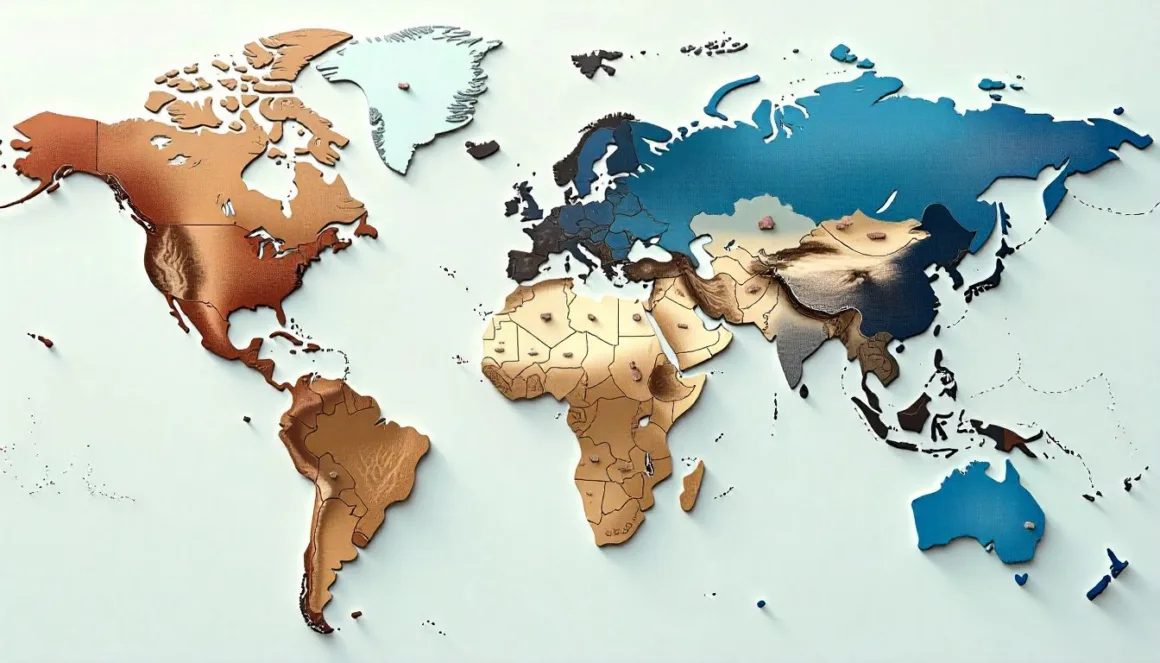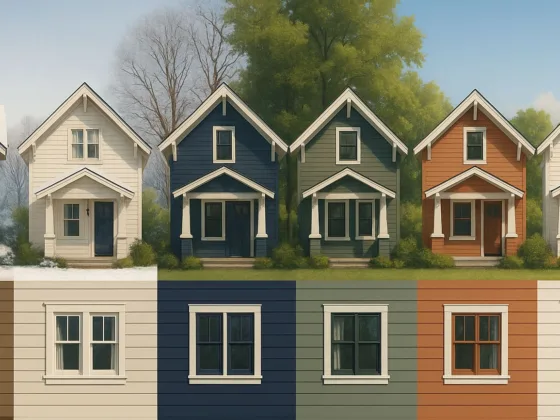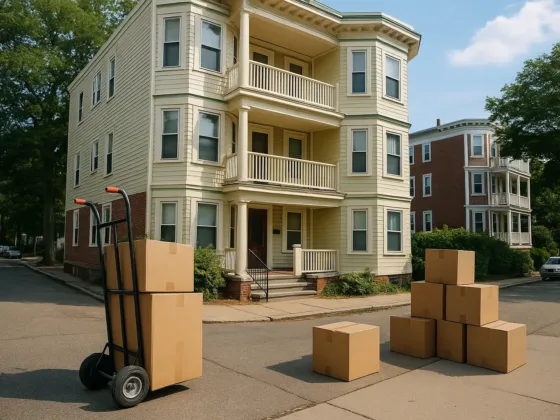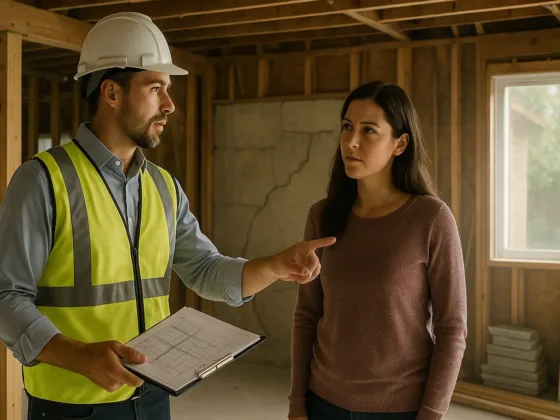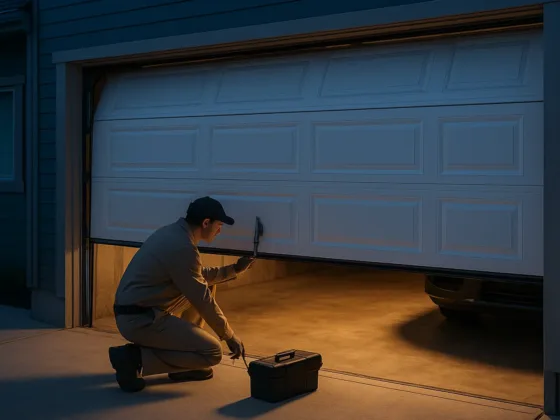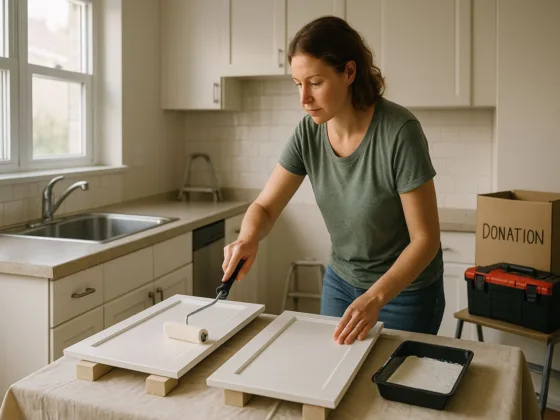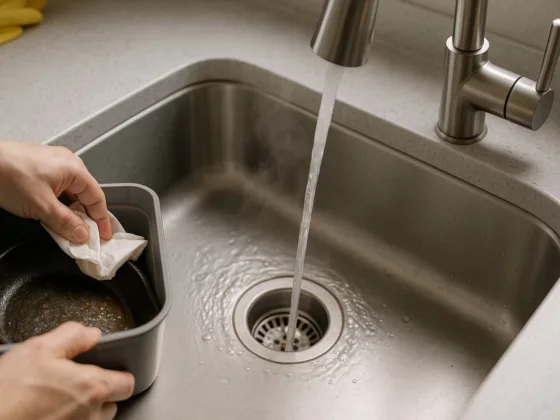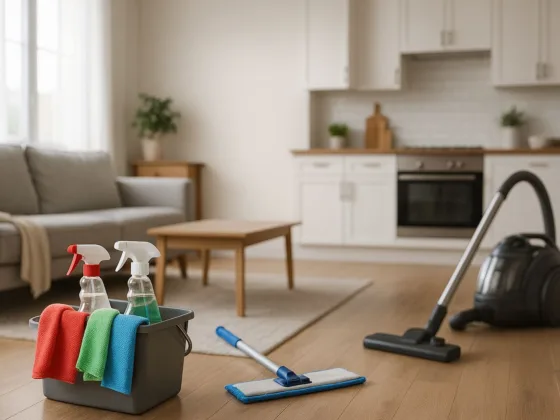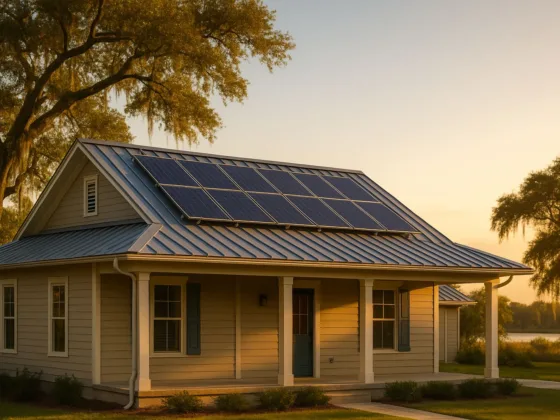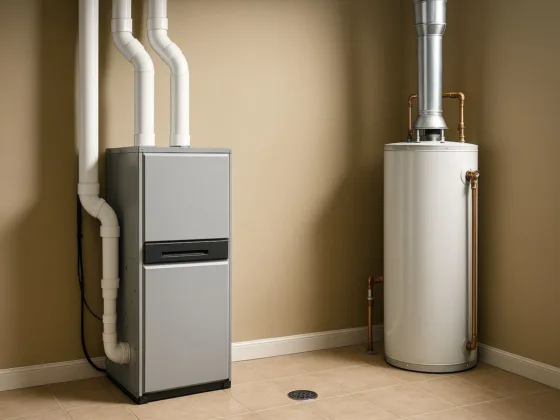Table of Contents Show
Choosing paint for your home’s exterior isn’t just about picking a pretty shade. It’s about making smart decisions — because the weather where you live can make or break that fresh coat of paint. Hot sun, salty air, freezing winters — all of it matters more than you might think.
Whether you’re painting your own place or helping someone else decide, you’ll want to consult reliable house painters who understand how climate affects paint choice, and this guide cuts through the fluff and gets real about what works where.
Why Climate Isn’t Just Background Noise — It’s Everything
Think of climate like a silent beast that slowly eats away at your house paint job if you’re not prepared. It’s not just heat or cold. It’s sun exposure, humidity, rain, salt in the air — even how much your house expands and contracts every season.
Here’s what to watch for, and what actually works in each setting.
☀️ Hot, Dry Climates (Desert zones like Arizona, Middle East, Outback Australia)
I lived in Tucson for six years, and trust me — beige is your best friend. You don’t want dark colors here; they just soak up heat like a sponge.
Why it’s tough:
- UV rays will bleach most colors faster than you can say “sunburn.”
- Dry air causes flaking and cracking if your paint can’t stretch a bit.
What works:
- Light, reflective colors — whites, sandy tones, pale grays.
- Paints labeled UV-resistant or high SRI (Solar Reflective Index).
- Consider using Energy Star-rated coatings for added energy savings.
Pro tip: We used a pale adobe shade with UV-protection paint and barely saw any fading for 5 years. Before that? Our deep red house turned dusty pink in one summer.
🌧️ Humid & Moist Climates (Tropical zones, Coastal towns)
If you live somewhere like Miami or Bali, you’re dealing with serious moisture. You might love bright colors — and that’s fine — but your paint needs armor.
Why it’s tough:
- High humidity means mold and mildew love your walls.
- Paint can bubble, peel, or even wash off.
What works:
- Mildew-resistant paints with built-in fungicides.
- Lighter shades reflect heat and help paint last longer.
- Products with high moisture protection, like Cool Roofs-approved paints, work well in tropical areas.
Real talk: We had a pale yellow bungalow in Key West. Regular paint got nasty fast — black mold spots, peeling edges. Switched to a mildew-blocking formula and haven’t looked back.
When it’s freezing half the year, your paint needs to be a champ.
Why it’s tough:
- Paint expands and contracts as temps swing — most can’t keep up.
- Freeze-thaw cycles crack traditional formulas.
What works:
- Flexible exterior paints made for extreme temps.
- Darker shades (black, navy, burgundy) absorb sunlight and help warm things up.
True story: My cousin in Minnesota painted his house gray-blue and thought it looked amazing — until winter hit. It cracked in patches. The fix? Switched to a high-flex deep navy paint. Held up like a champ.
🌴 Tropical Heat (Caribbean, Southeast Asia)
Heat. Humidity. Bright sun. Your paint’s got to do a lot here.
Why it’s tough:
- Paint fades fast from intense sunlight.
- Humidity breeds mildew like crazy.
What works:
- Fade-resistant, mold-proof paints.
- Go bold — turquoise, coral, sunshine yellow — they just fit the vibe.
Example: We stayed in a lime green Airbnb in Bali. Gorgeous color — and the owner said she used a special marine-grade paint because anything else turned into a hot mess.
🌤️ Mixed Bag Climates (Think Chicago, New York, most of Europe)
These areas throw a bit of everything at your house — heat waves, snowstorms, fall rains, spring pollen.
Why it’s tough:
- No single season dominates, so your paint needs to multitask.
What works:
- Durable, all-weather paints.
- Versatile colors like olive green, slate gray, greige.
- Check Energy.gov’s Climate Zone map to determine your zone and make tailored selections.
Style tip: My neighbor painted her home a soft green with white trim — looked fresh in spring and cozy in winter. One paint job. All seasons.
🌊 Coastal Towns (Pacific Northwest, Mediterranean, Cape Cod)
Salt, moisture, wind. It’s lovely — but rough on paint.
Why it’s tough:
- Salt air is super corrosive.
- Constant mist and fog wear down finishes.
What works:
- Marine-grade or salt-resistant paints.
- Nature-inspired hues: seafoam, sandy beige, driftwood gray.
Beach hack: If you can find a paint rated for boats or docks, it’ll survive your beach house.
Some Quick No-Brainer Tips
- Always test swatches. Morning sun vs. afternoon light can completely change a color.
- Gloss matters. Go for satin or semi-gloss to fight moisture.
- Read the fine print. Look for SRI ratings, mold resistance, UV protection — it’s all there.
- Don’t cheap out. One good coat lasts longer than two bad ones.
- Use a paint calculator like Sherwin-Williams’ Paint Estimator to avoid overbuying.
Trusted Paints That Actually Work
- Hot Climates: Behr Premium Plus Ultra®, Sherwin-Williams Duration® (UV-resistant)
- Humid Areas: Benjamin Moore Aura® Exterior, Nippon Weatherbond (mildew-blocking)
- Cold Regions: Valspar SeasonFlex®, Dulux Weathershield® (flexible freeze-thaw formula)
- Coastal Zones: Resene SeaFog™, marine-grade formulas (salt-tolerant)
Real Talk from Real Homes
“We live in the Florida Keys, and after two hurricanes, our sea-green paint held up better than the shingles. Worth every penny.”
“In Sydney, the sun eats colors fast. I repainted with UV-block paint — two years in, it still looks brand new.”
FAQs: Straight Answers
Light colors — think white, light beige, pale gray. They reflect heat and hold up better.
Absolutely. It can cause mold, bubbling, and peeling unless you use moisture-resistant paint.
Depends where you live. It soaks up heat — great for cold places, not so great for deserts.
Every 5–7 years with the right paint. More often if you use a cheap brand.
Look for marine-grade paints like Resene or Sherwin-Williams Emerald Rain Refresh®. They’re made to withstand salt and fog.
Final Word
Pick your color based on where you live — not just what’s trending on Pinterest. The right choice will save you money, time, and more than a few headaches. And when in doubt? Ask a local painter what actually works in your area.
Last updated: August 2025
Written by: Riley Thompson, Licensed Painter & Exterior Design Consultant
Riley Thompson is an Australian house painter with 15+ years on the job. From coastal villas to desert bungalows, he’s seen what works — and what doesn’t. He now helps homeowners and pros choose colors that last longer and look better. Riley holds a Dulux-accredited exterior coating certificate and has been featured in “Better Homes Australia.”
